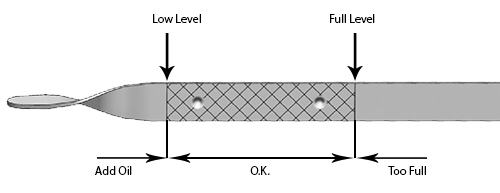I don't understand all of this? If you do your own oil changes, as I do, add the required amount which is clearly stated in the owner's manual.
My Ram Hemi takes 6.6 ltrs and my wife's 3.6 Impala takes 5.7 ltrs. Let the oil drain, (after it has been warmed/heated up via a decent drive), until it is down to just intermittent drips.
Add the required amount, ie, what the manual reads, and you are good to go. I check my oil levels, not right then and there, but after another drive to heat things up and only after it has sat for at least 2hrs on a level surface.
My normal oil check is the next day or next opportunity after my vehicles have sat all day, ie 8-10 hrs. Not once have I over or under filled following this procedure, all oil levels on the dipstick read full, or to the "TOP" of the hash marks where it reads "full".






